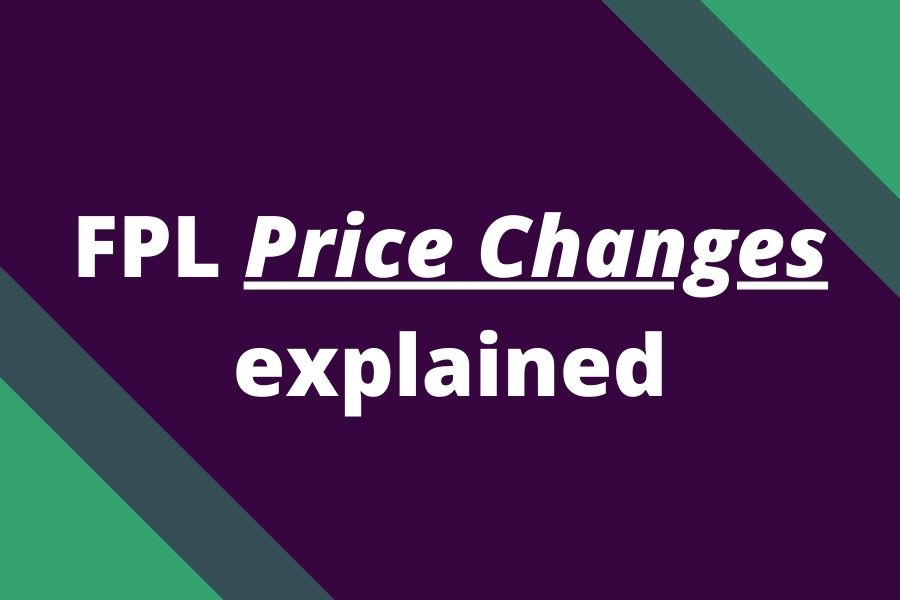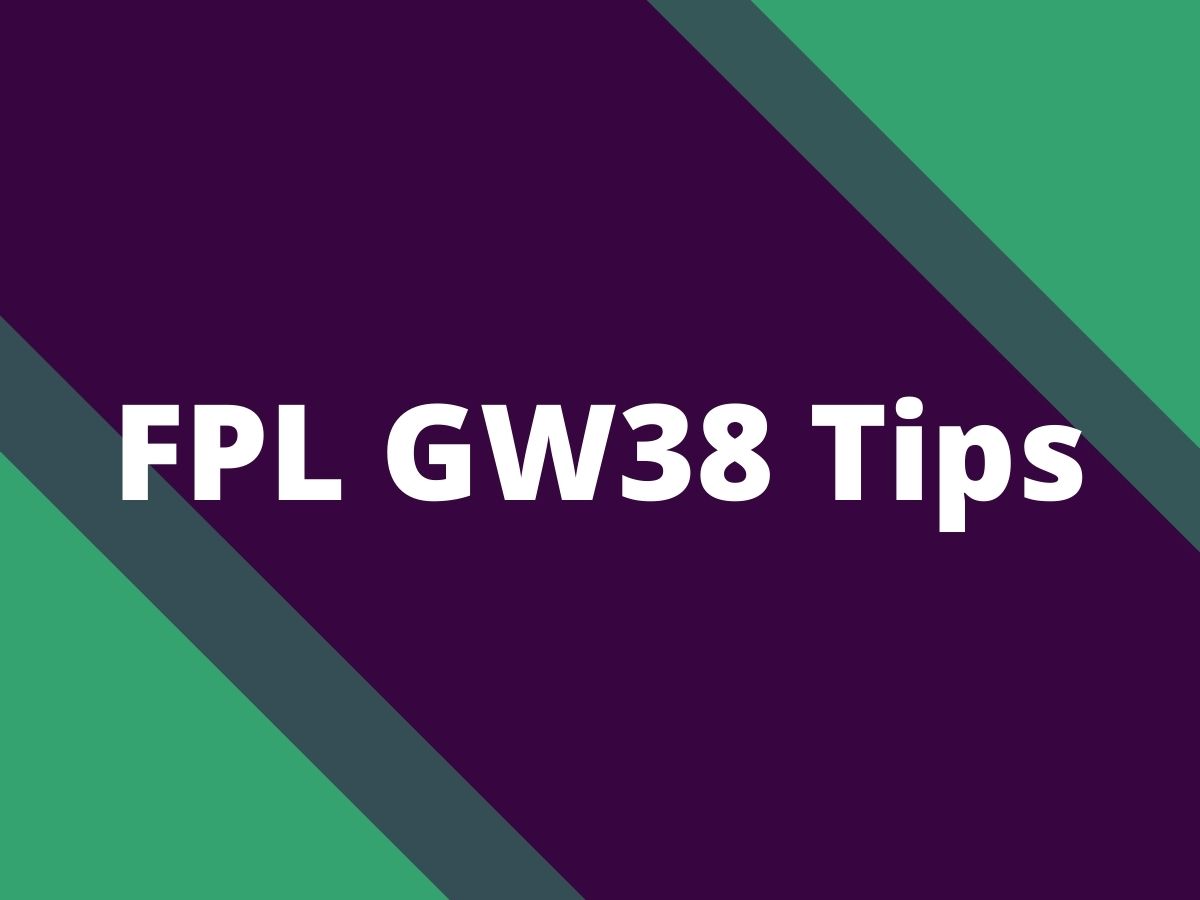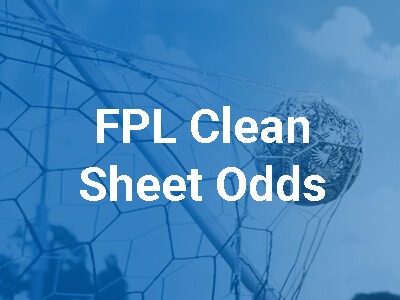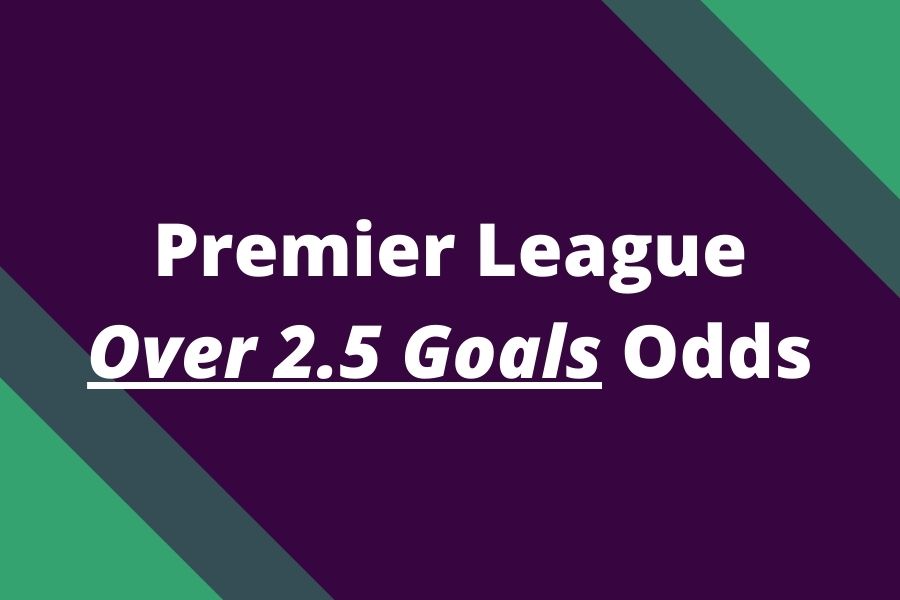Ask any FPL manager what their biggest pet peeve in the game is and most will probably answer “Price changes.” Indeed, since they were integrated into the game, these changes have proven to be the bane of so many FPL stalwarts.
Unfortunately, they are a very real part of the game, so we need to do our best to prepare for and anticipate price changes before they happen.
In this article, we will attempt to give you a greater understanding of what price changes, price rises and price falls are, how they work, and what you can do to try to counter them, and even benefit from them in your team.
So, without further ado, let’s explain price changes, what they are, and how they operate.
What are FPL price changes?
Player price changes in FPL signify when the ownership of a player significantly increases or decreases, to a level where their in-game value will either rise or fall by 0.1m.
Most players will not be subject to price changes, and for those who are, it is usually with good reason.
Price changes add an extra dimension to the game, and make it a little more complicated to navigate, especially as many new players are unaware of them.
Getting your head around these can give you an important edge in your mini league battles, and this is vital.
Why do the prices of players change?
There are several reasons why a player’s price might change in Fantasy Premier League. Think of it like a stock market; when a stock is popular and gaining lots of traction, it sees a large uptick in the volume of buyers, which causes the price to go up, and the reverse is also true.
This is very similar to how price changes work in FPL, and a number of factors will affect this.
For instance, Salah’s starting value is 12.5m – if he hits, say, 4 attacking returns in his first 2 games, managers who don’t own him will decide they need/want him, and will begin to buy him. This will cause his value to grow, and by Gameweek 3 or 4 he could be valued at 12.8m.
Conversely, if Haaland went off injured after 30 minutes in Gameweek 1, managers would start to sell him, and his price would drop. If a replacement gained popularity, and a lot of people started to bring him into their sides, his price would go up accordingly.
Form and injury tend to be the main factors that influence price changes, but, also, things like availability (Mo Salah’s price dropped off in the middle of the 2021/22 season after many managers sold him due to his involvement in the Africa Cup of Nations).
When do price changes happen?
Timing is everything in FPL, and understanding when price changes are expected to happen can help you to make your moves before the changes, and avoid losing money or being priced out of moves.
Note: Price rises and price falls will start happening after the gameweek 1 deadline.
How can I predict if players will rise/fall in price?
Now, being caught off-guard by particular player price changes can be frustrating, but it is possible to predict the rises and falls that may occur.
FPL is not typically forthcoming about which players will rise and fall in price, and when this might happen, however, by looking at net transfers, we can make an educated guess as to when this may occur.
For instance, when the net transfer of a player (transfers in – transfers out) hits a certain amount, the price will rise by 0.1m. It is worth noting that we do not know the threshold of net transfers for price changes.
Additionally, there are tools we can use to help us work out who might rise or fall, and when, and FPL Statistics is one of the best examples.
FPL Statistics
FPLstatistics.co.uk is a great website to use for this, and their price change predictor tool lists all of the players, their positions, current price, what % their ownership is, and the likelihood of a price change, as well as when this might occur.
Cashing in
One of the other elements to consider when it comes to price changes is team value, and this is why cashing in plays an important role. For every 0.2m a player rises in buying price, owners will gain 0.1m in player’s selling price.
So, the ideal tactic would be to bring in a player you feel will rise by at least 0.2m, then sell him for a profit, and bring in a player whose value has dropped, but who you feel may rise again.
This is a good way of being able to build team value and benefit from changes long-term.
The current price differs from the selling price
It is important to note that selling price differs from buying price in FPL. So if you are wondering why is the selling price of your player less than the current price, this is why:
There is a 50 % sell-on fee (rounded up to the nearest £0.1m) imposed on any profit generated from a player. For example, if you purchased a player for 7.5m and then you want to sell the player when his value reaches 7.9m, the selling price would be 7.7m. If his value reaches 8m, your selling price would be still 7.7m (because the sell-on fee is rounded up to the nearest 0.1m, so you cannot sell a player for 7.75m). However, is his price reaches 8.1m, you could sell him for 7.8m.
Calculation of selling price
We illustrate this in the table below (it’s based on the assumption you own the player for the whole time)
| The price you bought the player for | His current price (Buying price) | Your selling price |
|---|---|---|
| 7.5m | 7.2m | 7.2m |
| 7.5m | 7.3m | 7.3m |
| 7.5m | 7.4m | 7.4m |
| 7.5m | 7.5m | 7.5m |
| 7.5m | 7.6m | 7.5m |
| 7.5m | 7.7m | 7.6m |
| 7.5m | 7.8m | 7.6m |
| 7.5m | 7.9m | 7.7m |
| 7.5m | 8.0m | 7.7m |
| 7.5m | 8.1m | 7.8m |
This is why price changes are really tricky.
Imagine you purchased a player for 7.5m, his price reached 7.9m, so you sold him for 7.7m. But now you want a player back, but his price is still 7.9m, so you have to repurchase him for 7.9m (so you basically lost 0.2m in team value despite player’s price did not change after you sold him).
When is a player price locked?
Player price locks will also sometimes happen in FPL, and this occurs when an injured player recovers from injury (from 0% availability to 100 % availability).
Red-flagged players (players injured or ruled out of games through things like suspension) can still be affected by price rises or falls.
However, once the flag is removed (only when the player’s availability changes from 0% to 100%) the player’s price will remain locked for a few days (usually before the start of the next gameweek), regardless of how many transfers they have. Then his price unlocks and is subject to price changes again.
Important note: If the red flag changes to an orange or yellow flag (availability goes from 0 % to 25 %, or to 50 %, or to 75 %) and then to fully available (100 %), the price is not locked. The price is locked only if the availability changes directly from 0 % to 100 %
Also, if there is a new player added to the game after the GW1 deadline, his price is locked for 8 days (or up to the start of the next gameweek if there are more than 8 days before the start of the next gameweek), so people can buy the player without worrying about his price rising.
Note: the fplstatistics website will allow you to see all locked players and when they unlock.
Price changes and chips: Wildcard & Free Hit
Wildcard and free hit chips allow you to make unlimited transfers to your team without any points hits.
This is a great way of improving your team value because you can bring in players who you feel might rise in price before the gameweek deadline, even if you don’t necessarily want them in your gameweek team.
You can then simply sell them once their price has risen by 0.2m, making a 0.1m profit.
On the reverse side, you can sell players before they drop in price, then buy them back for a lower price once they drop.
This is a tactic that can be very effective during international breaks, where there is a long time between gameweek deadlines.
Read more: 3 essential tips for using your wildcard in FPL
Tips regarding price changes
Price changes do get less complicated as you get used to them, and they are a great way of growing team value.
Additionally, if you can predict when a player’s price might rise, you can buy them earlier to avoid being priced out. Here are a few tips to consider:
- Bring in players who you believe will increase by 0.2m
- Sell players who’ve made you a profit
- Most price changes occur overnight on Saturday & Sunday
- Sell struggling players even if they’ve made a lot of profit
- Use FPLstatistics.co.uk to track possible price changes
- Wildcard and Free Hit can be invaluable for capitalizing on price changes
- The highest team value is typically seen around GW25
Conclusion
In conclusion, price changes can be annoying and unexpected, but the more you get used to them, the easier it will be to prepare for them.
Capitalizing on them is a great way of being able to improve your team value, and give you the best chance of being able to buy in-form players, whilst rivals might get priced out.
This is a tactic you need to be aware of over the course of the season, and understanding FPL price changes will add an extra dynamic to your gameplay.
FAQ
How are FPL prices calculated?
FPL player prices are calculated based on a complex algorithm that takes into account ownership percentages and transfers in and out. The exact details of the algorithm are not publicly disclosed.
When do FPL price changes start?
Price changes in FPL start after the first deadline of the season, and they typically occur daily. So we can expect first price changes to happen 1 or 2 days after the first deadline of the season, once the market starts to move for players who did really well in GW1 (or start selling players who got injured).
Are FPL price changes based on the form or transfers?
FPL price changes are influenced by transfers, both in and out. If a large number of managers are transferring a player in, his price may rise, whereas if many managers are transferring a player out, his price may fall. Performance and form may indirectly affect prices by influencing managers’ transfer decisions, but the direct mechanism for price changes is based on transfers.
Which players are due a price rise in FPL?
You can guess which players might rise and fall in price by looking at the most transferred in and out players on the official FPL website.
Will someone’s price go down if they get injured in FPL?
Injured players are not protected from price falls, so if enough FPL managers transfer out the injured player, his price will likely go down.


![3 Best Captain Picks for FPL GW38 [Captaincy Index] fpl best captain picks](https://www.fantasyfootballreports.com/wp-content/uploads/fpl-best-captain-picks.jpg)

